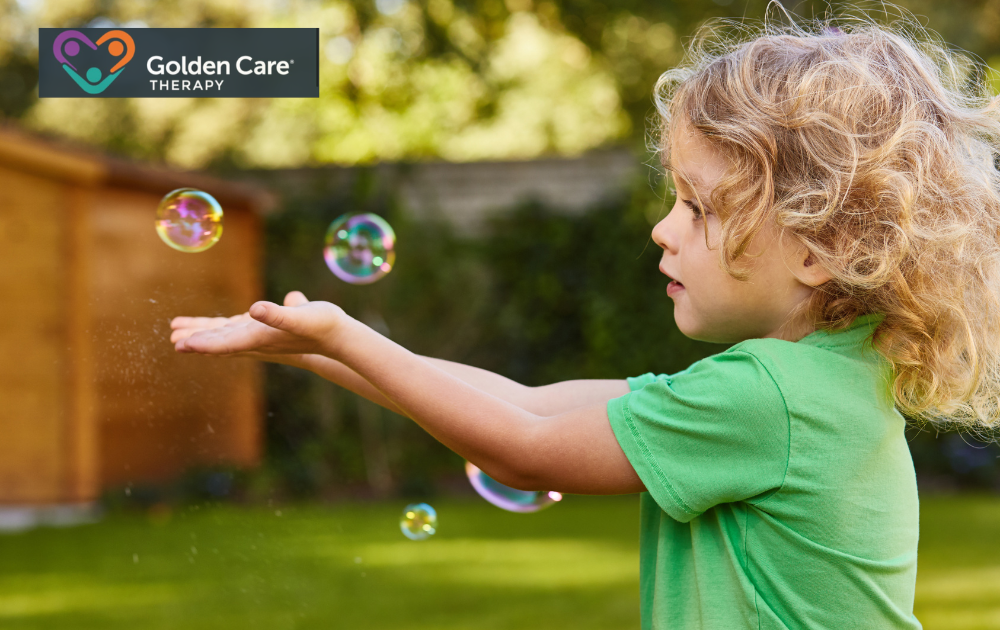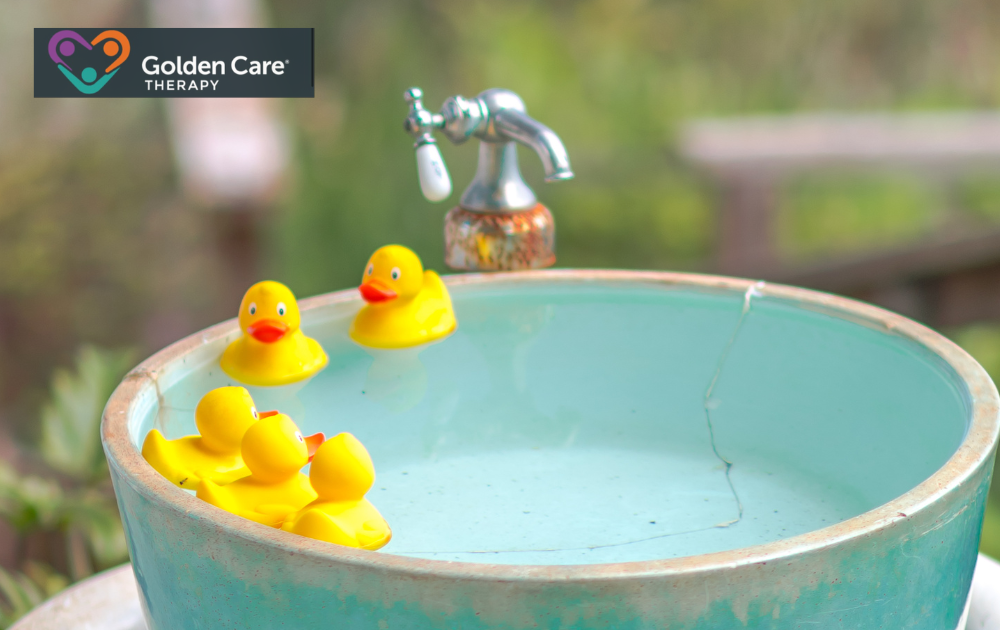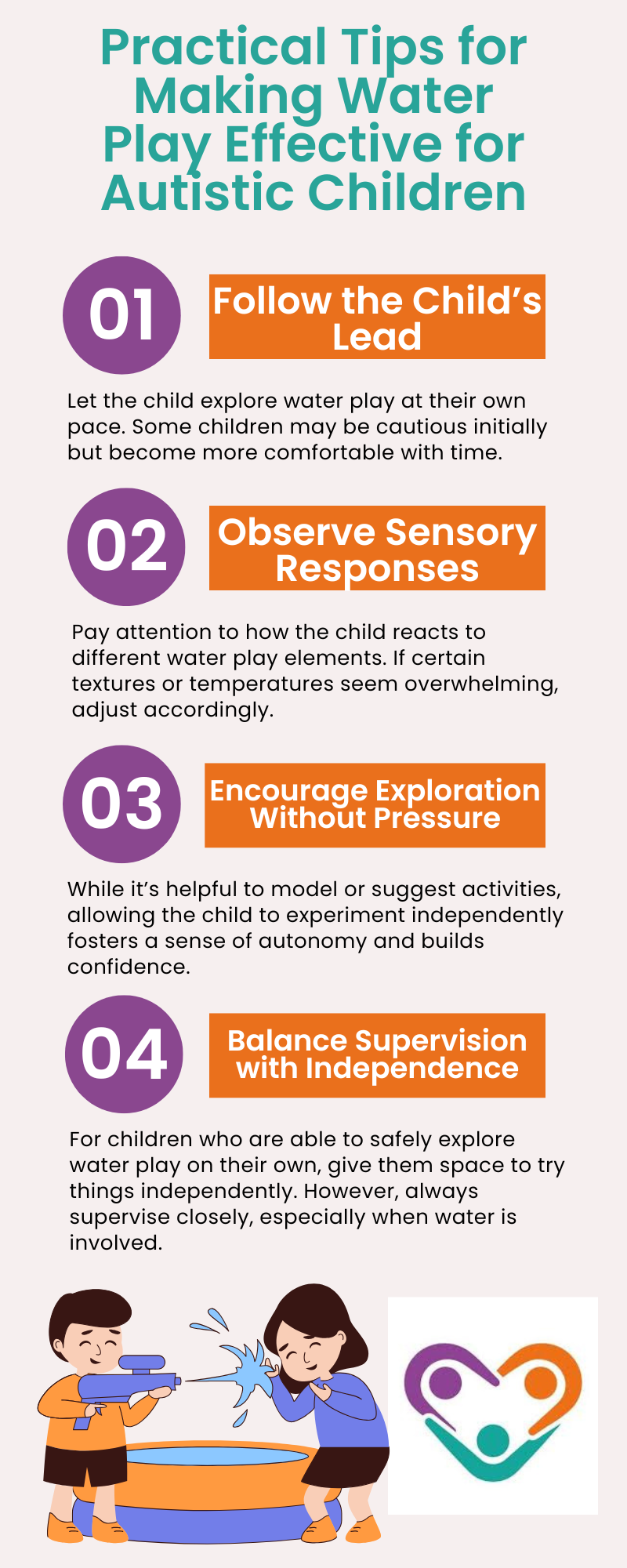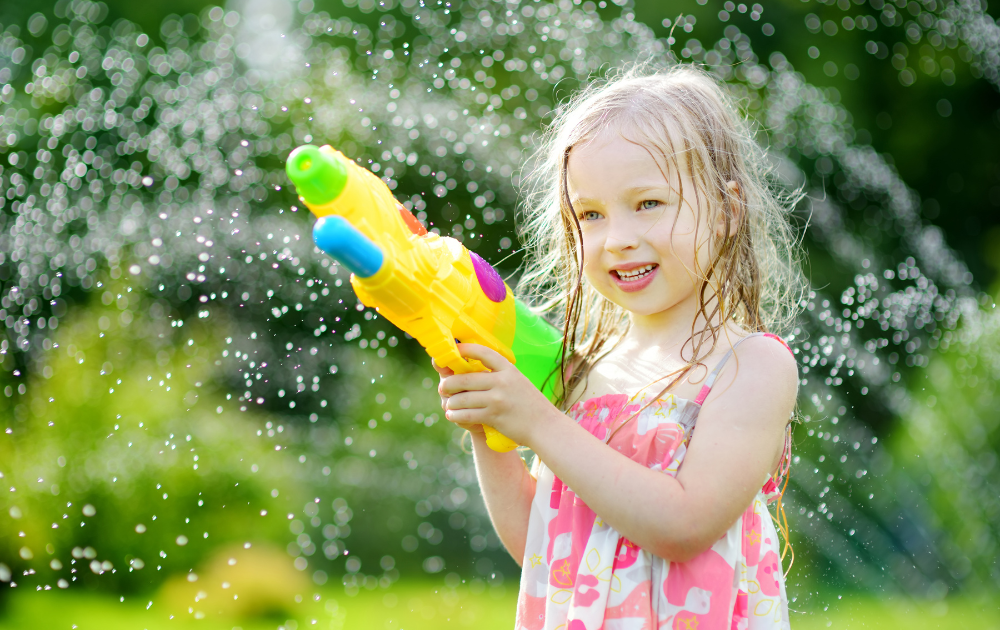Water play can be a powerful and engaging way to support children with autism as it offers a sensory-rich experience that encourages exploration, creativity, and social interaction.
These activities are naturally calming, allowing children to explore textures, temperatures, sounds, and movements in a gentle, enjoyable environment.
As long as it’s done thoughtfully, water play can also be an excellent way to promote skills that children with autism may find challenging, such as motor coordination, sensory processing, and social skills.
Below, we’ll explore various water play activities that can captivate, engage, and support children with autism, focusing on safety, sensory enrichment, and the numerous benefits these activities can bring.
Why Water Play Works So Well for Children with Autism
Water play can be especially soothing and therapeutic for children with autism due to the sensory input it provides.
For many autistic children, sensory processing can be challenging, and they may experience either heightened sensitivity (hypersensitivity) or diminished sensitivity (hyposensitivity) to sensory stimuli. Water offers a unique, immersive sensory experience that can appeal to both ends of this spectrum.
The gentle sound of running water, the feel of different textures, the ability to experiment with floating or sinking objects, and even the visual stimulation of watching the water move or splash.
Additionally, water play activities offer a chance for children to practice communication, develop social skills, and even work on fine and gross motor skills, all while having fun.
That said, water play activities offer rich sensory experiences while allowing children to develop important motor skills. So without further ado, here are some ideas for engaging activities that address different sensory needs and skill development:
Pouring and Transferring Water
One simple yet highly effective activity involves pouring water between containers. Provide various sizes and shapes of cups, pitchers, and bowls, and encourage the child to pour water from one container to another.
This activity improves hand-eye coordination and fine motor skills while giving the child the chance to explore cause and effect. For children with sensory sensitivities, adjusting the temperature or color of the water can make this activity even more engaging.
Adding food coloring can create a visually stimulating experience, allowing them to see how colors mix and change as they pour.

Bubbles in Water Play
Bubbles add a layer of excitement and sensory input to water play. You can use a bubble solution or even a bubble machine to create a lively environment. Some children may enjoy simply watching the bubbles float and pop, while others may want to pop them with their fingers or blow them around.
Blowing bubbles encourages breath control and motor skills while popping bubbles can be fun for children who enjoy tactile stimulation.
Adding a few drops of non-toxic bubble solution to a tub of water and using different tools, like straws, bubble wands, or blowers, can turn this simple activity into an extended sensory experience.
Fishing for Floating Toys
Fill a small pool or tub with water and place a variety of floating toys inside. Equip the child with a small net or ladle to “catch” the floating items.
This activity is great for practicing hand-eye coordination and fine motor skills, as the child will need to carefully maneuver their tool to catch the toys. You can choose toys that appeal to the child’s interests, like animals, boats, or brightly colored balls, to increase engagement.
As the child becomes more comfortable, you can add more toys or increase the difficulty by adding slightly heavier objects that sink.

Exploring Temperature and Texture
Providing water at different temperatures and textures can be a fascinating experience for children with autism. Set up two tubs of water: one with warm water and one with cool water.
Allow the child to dip their hands into each tub, exploring how the temperatures feel on their skin. You can add sponges, washcloths, or smooth stones to enhance this activity.
Some children may enjoy squeezing or squishing sponges, which can help with tactile sensitivities and build hand strength. Be mindful of the child’s comfort level with temperatures, as some may prefer lukewarm water instead.
Practical Tips for Maximizing Water Play
To make water play as effective as possible, keep these practical tips in mind:

Final Thoughts
Water play offers a multisensory experience that can engage, calm, and support children with autism in meaningful ways. By providing a variety of water-based activities, parents, teachers, and therapists can support the child’s development in sensory processing, social skills, motor skills, and even communication.
Water play can also be a bonding experience, helping children connect with others and build trust in a non-pressured environment.
With patience, creativity, and sensitivity to the child’s individual needs, water play can be a joyful and transformative activity, offering both short-term enjoyment and long-term developmental benefits.
As each child’s preferences and responses to sensory experiences are unique, customizing water play to suit individual needs will make the experience all the more effective and enriching. Golden Care Therapy offers high-quality ABA therapy and autism services in Indiana, focusing on individualized, compassionate care that makes a difference.
Reach out to us today to see how we can support your family’s unique journey, or contact us to learn more about our personalized approach to helping children thrive.
Sources:



